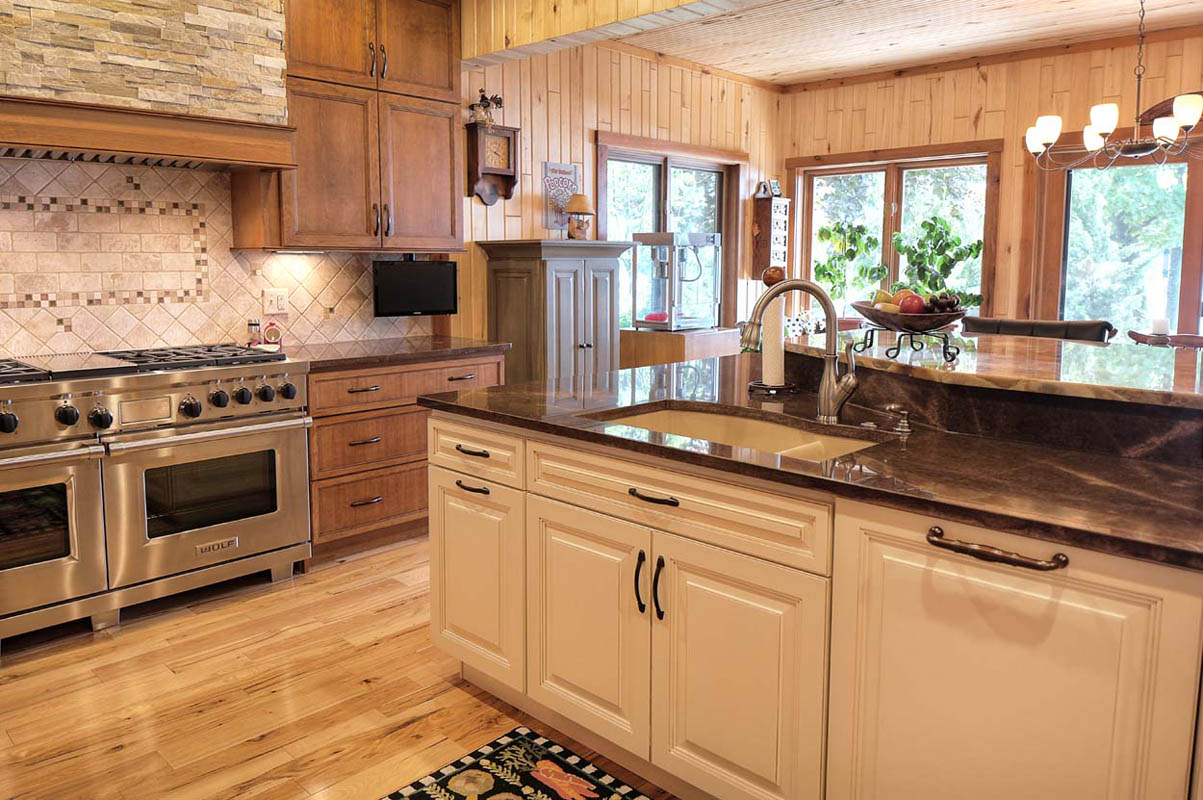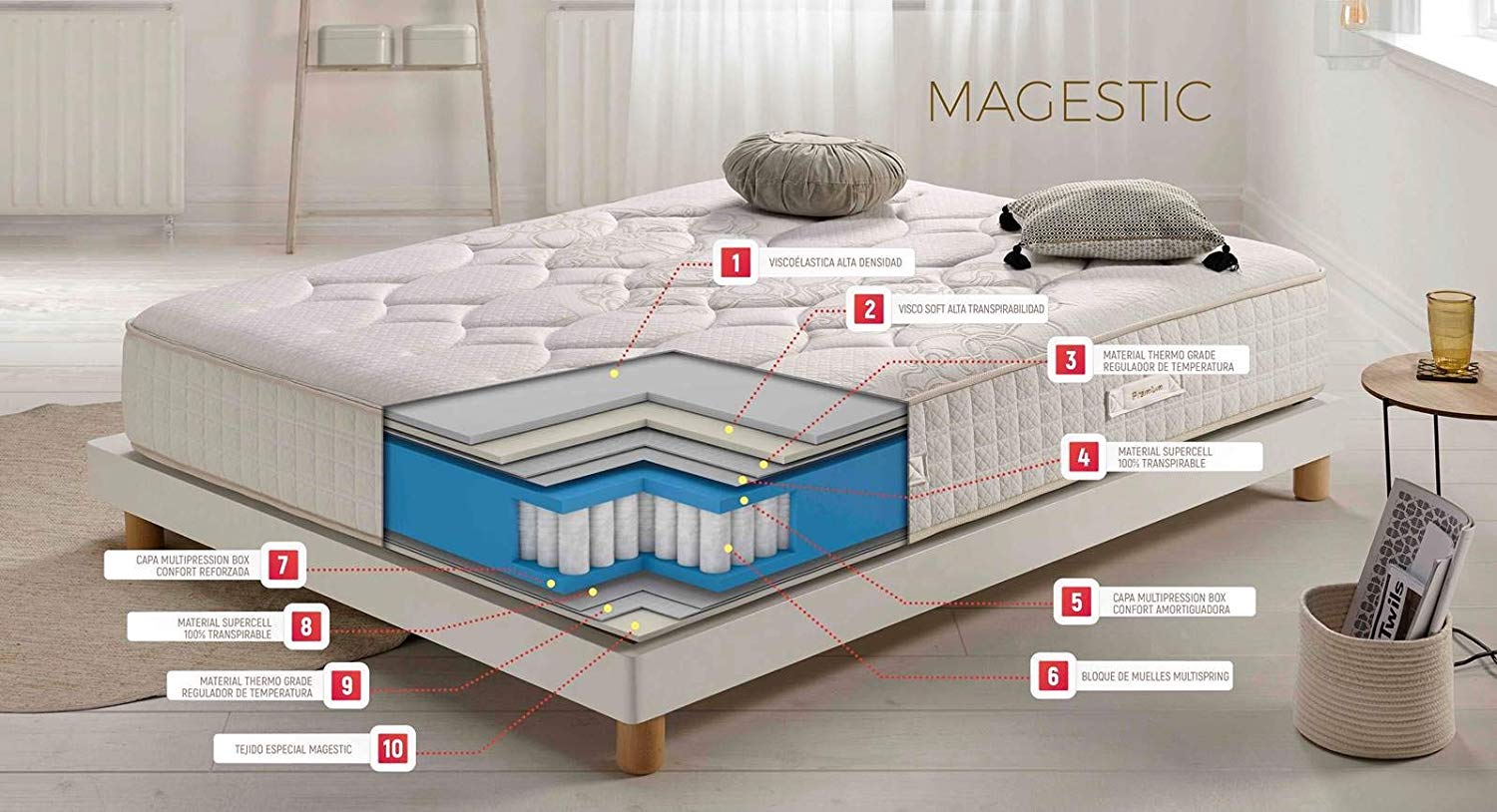Installing a new kitchen sink can be a daunting task, especially when it comes to the drainage system. But with the right tools and a little bit of know-how, you can easily install a stainless steel kitchen sink drain on your own. In this guide, we will walk you through the step-by-step process of installing a kitchen sink drain, including the tools and materials needed, tips for a successful installation, and troubleshooting common mistakes. So roll up your sleeves and get ready to give your kitchen a fresh new update!How to Install a Stainless Steel Kitchen Sink Drain
The first step in installing a kitchen sink drain is to remove the old drain. Start by turning off the water supply and disconnecting the plumbing connections. Then, remove any mounting clips or screws holding the sink in place and carefully lift it out. Next, unscrew the old drain from the bottom of the sink and remove it. How to Install a Kitchen Sink Drain
Step 1: Measure the opening of the sink drain and purchase a stainless steel kitchen sink drain that fits the size. Step 2: Apply plumber's putty around the flange of the new drain. Step 3: Insert the new drain into the sink opening, making sure it is centered and snug. Step 4: From underneath the sink, place the rubber gasket and the cardboard washer onto the drain and secure them with the mounting nut. Step 5: Tighten the mounting nut until the drain is firmly in place. Step 6: Attach the tailpiece to the bottom of the drain and secure it with a slip nut and washer. Step 7: Connect the P-trap to the tailpiece and the drain pipe. Step 8: Turn on the water supply and test for any leaks. If there are no leaks, you have successfully installed your new kitchen sink drain!Step-by-Step Guide for Installing a Kitchen Sink Drain
Installing a kitchen sink drain may seem like a job best left to professionals, but with the right tools and instructions, it can be done as a DIY project. Not only will you save money on installation costs, but you'll also have the satisfaction of knowing that you did it yourself. Just be sure to follow the step-by-step guide above and take your time to ensure a successful installation.DIY: Installing a Stainless Steel Kitchen Sink Drain
- Plumber's putty - Stainless steel kitchen sink drain - Mounting nut - Rubber gasket - Cardboard washer - Slip nut and washer - P-trap - Adjustable wrench - Screwdriver - Pipe wrenchTools and Materials Needed for Installing a Kitchen Sink Drain
Tip 1: Before starting the installation, make sure the new drain matches the size and design of your sink. Tip 2: Use plumber's putty or silicone caulk to create a watertight seal around the flange of the drain. Tip 3: Tighten the mounting nut and slip nut just enough to secure the drain, but not so tight that it damages the sink or causes leaks. Tip 4: Use a pipe wrench to tighten any connections that may be difficult to reach with an adjustable wrench.Tips for a Successful Installation of a Stainless Steel Kitchen Sink Drain
Mistake 1: Not using plumber's putty or silicone caulk to create a watertight seal, resulting in leaks. Mistake 2: Over-tightening the mounting nut and slip nut, causing damage to the sink or creating leaks. Mistake 3: Not properly aligning the drain, resulting in a crooked or uneven installation. Mistake 4: Forgetting to turn off the water supply before starting the installation, leading to a flooded kitchen.Common Mistakes to Avoid When Installing a Kitchen Sink Drain
If you prefer a visual guide, there are many helpful video tutorials available online that can walk you through the process of installing a kitchen sink drain step-by-step. Just make sure to follow the instructions carefully and refer back to the written guide for any additional tips or reminders.Video Tutorial: How to Install a Stainless Steel Kitchen Sink Drain
While it is possible to install a kitchen sink drain on your own, it may be a better option to hire a professional plumber for the job. Professional plumbers have the experience and tools needed to ensure a proper and secure installation, and can also troubleshoot any issues that may arise. However, if you are confident in your DIY skills and have the necessary tools, then installing a kitchen sink drain yourself can be a cost-effective option.Professional Installation vs. DIY: Which is Best for a Kitchen Sink Drain?
If your kitchen sink drain installation goes wrong, don't panic. The first step is to turn off the water supply and assess the issue. If there are leaks, try tightening the connections or applying more plumber's putty. If the drain is crooked or uneven, try adjusting the mounting nut and slip nut until it is aligned properly. If you are still having trouble, don't hesitate to call a professional for assistance. With this step-by-step guide and helpful tips, you can easily install a stainless steel kitchen sink drain on your own. Just remember to take your time, follow the instructions carefully, and don't be afraid to seek professional help if needed. Happy installing!Troubleshooting: What to Do if Your Kitchen Sink Drain Installation Goes Wrong
Why Choose a Stainless Steel Kitchen Sink Drain?
:max_bytes(150000):strip_icc()/how-to-install-a-sink-drain-2718789-hero-24e898006ed94c9593a2a268b57989a3.jpg)
Benefits of Stainless Steel
/how-to-install-a-sink-drain-2718789-hero-b5b99f72b5a24bb2ae8364e60539cece.jpg) When it comes to designing your dream kitchen, it's important to consider not only the aesthetics but also the functionality of each component. One key element that often gets overlooked is the kitchen sink drain. While it may seem like a small detail, choosing the right material for your sink drain can make a big difference in the overall performance and longevity of your kitchen. That's why many homeowners are turning to
stainless steel
for their kitchen sink drains.
Stainless steel is a popular choice for kitchen appliances and fixtures, and for good reason. It is a durable and long-lasting material that can withstand daily wear and tear in a busy kitchen.
Stainless steel
is also resistant to corrosion, making it a hygienic option for a kitchen sink drain. This material is non-porous, meaning it won't absorb bacteria or other harmful substances, making it easier to clean and maintain.
When it comes to designing your dream kitchen, it's important to consider not only the aesthetics but also the functionality of each component. One key element that often gets overlooked is the kitchen sink drain. While it may seem like a small detail, choosing the right material for your sink drain can make a big difference in the overall performance and longevity of your kitchen. That's why many homeowners are turning to
stainless steel
for their kitchen sink drains.
Stainless steel is a popular choice for kitchen appliances and fixtures, and for good reason. It is a durable and long-lasting material that can withstand daily wear and tear in a busy kitchen.
Stainless steel
is also resistant to corrosion, making it a hygienic option for a kitchen sink drain. This material is non-porous, meaning it won't absorb bacteria or other harmful substances, making it easier to clean and maintain.
Design Flexibility
 Another benefit of choosing a stainless steel kitchen sink drain is its design flexibility. This material can be easily molded into various shapes and sizes, allowing for a wide range of designs to suit any kitchen style. Whether you prefer a modern, sleek look or a more traditional, farmhouse feel, a stainless steel kitchen sink drain can complement any design aesthetic.
Another benefit of choosing a stainless steel kitchen sink drain is its design flexibility. This material can be easily molded into various shapes and sizes, allowing for a wide range of designs to suit any kitchen style. Whether you prefer a modern, sleek look or a more traditional, farmhouse feel, a stainless steel kitchen sink drain can complement any design aesthetic.
Easy Installation
 Installing a stainless steel kitchen sink drain is a relatively simple process, making it a popular choice for DIY homeowners. With the right tools and materials, you can easily replace an old or damaged sink drain with a new stainless steel one. Additionally, stainless steel is a lightweight material, making it easier to handle and install compared to other heavier materials like cast iron.
Installing a stainless steel kitchen sink drain is a relatively simple process, making it a popular choice for DIY homeowners. With the right tools and materials, you can easily replace an old or damaged sink drain with a new stainless steel one. Additionally, stainless steel is a lightweight material, making it easier to handle and install compared to other heavier materials like cast iron.
Cost-Effective
 Compared to other materials like copper or brass, stainless steel is a more affordable option for a kitchen sink drain. This makes it a cost-effective choice for homeowners who are looking to update their kitchen on a budget. Moreover, its durability and low maintenance requirements mean you won't have to replace your sink drain frequently, saving you money in the long run.
Compared to other materials like copper or brass, stainless steel is a more affordable option for a kitchen sink drain. This makes it a cost-effective choice for homeowners who are looking to update their kitchen on a budget. Moreover, its durability and low maintenance requirements mean you won't have to replace your sink drain frequently, saving you money in the long run.
Upgrade Your Kitchen with a Stainless Steel Kitchen Sink Drain
 Overall, choosing a stainless steel kitchen sink drain is a smart and practical choice for any kitchen. Its durability, design flexibility, easy installation, and cost-effectiveness make it a top choice for homeowners. So if you're in the process of designing or renovating your kitchen, don't overlook the importance of a high-quality and functional sink drain. Consider upgrading to a
stainless steel
kitchen sink drain and enjoy the benefits for years to come.
Overall, choosing a stainless steel kitchen sink drain is a smart and practical choice for any kitchen. Its durability, design flexibility, easy installation, and cost-effectiveness make it a top choice for homeowners. So if you're in the process of designing or renovating your kitchen, don't overlook the importance of a high-quality and functional sink drain. Consider upgrading to a
stainless steel
kitchen sink drain and enjoy the benefits for years to come.


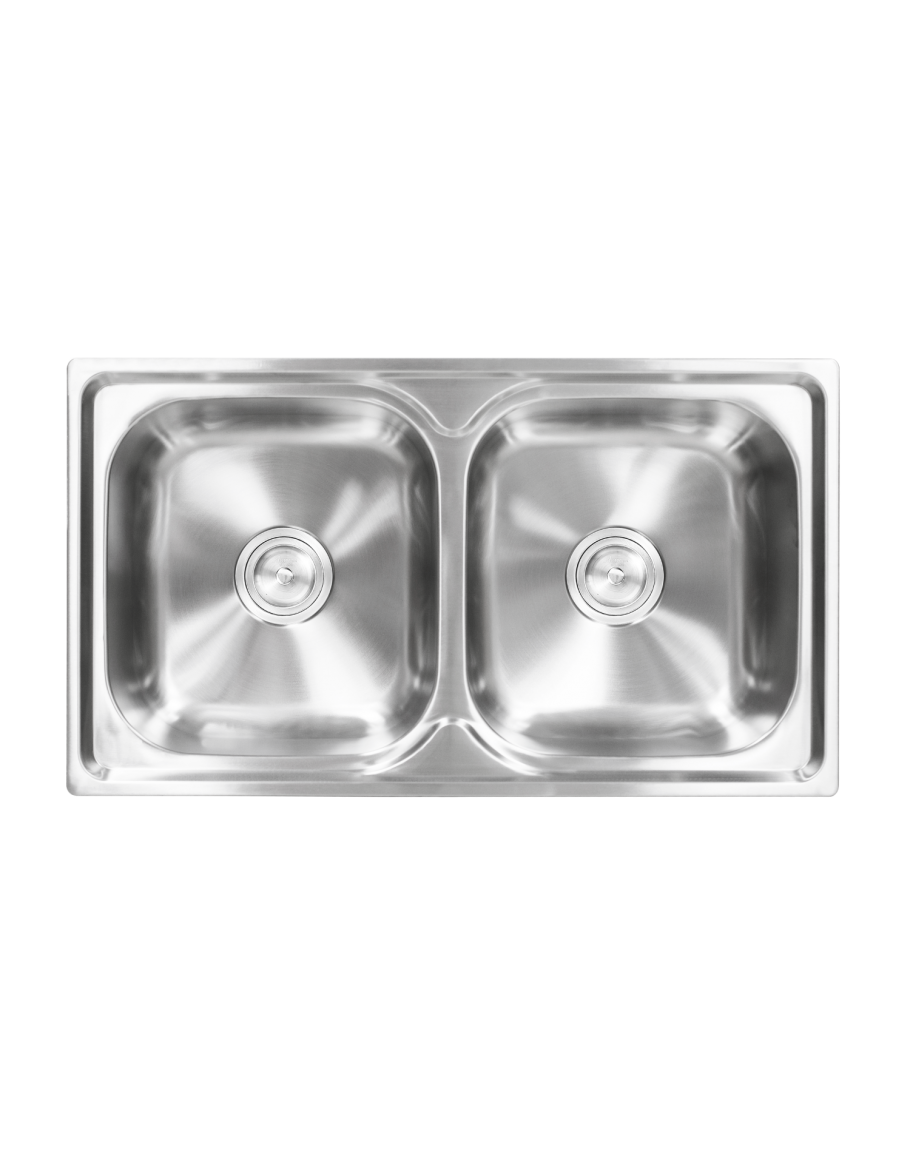


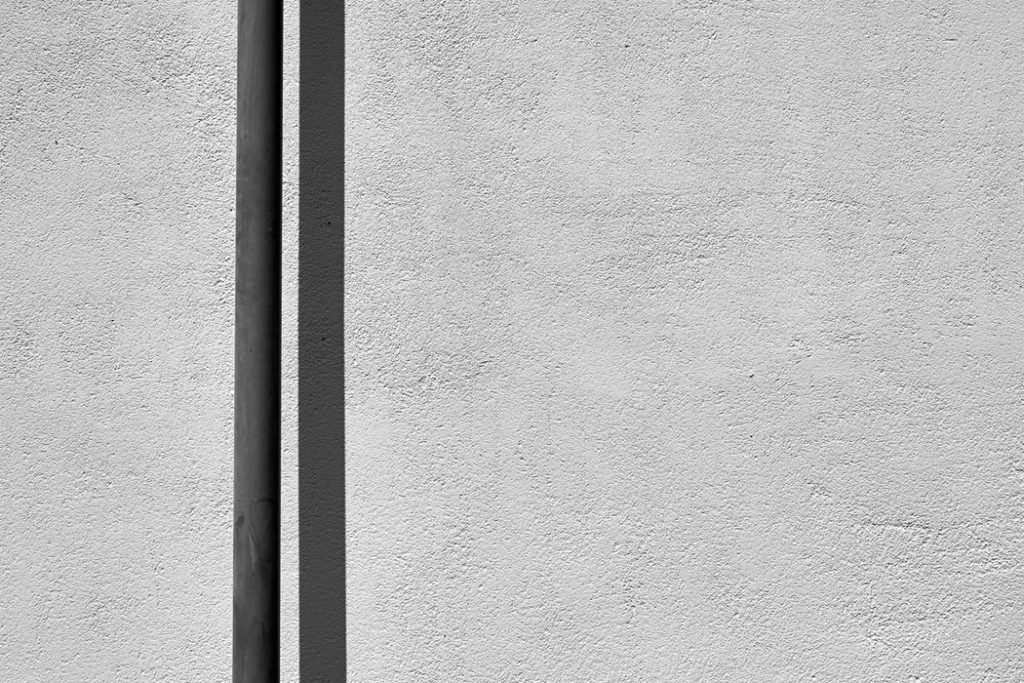







:max_bytes(150000):strip_icc()/how-to-install-a-sink-drain-2718789-04-5715d67f5b7d41429d42bf705bb70e2c.jpg)








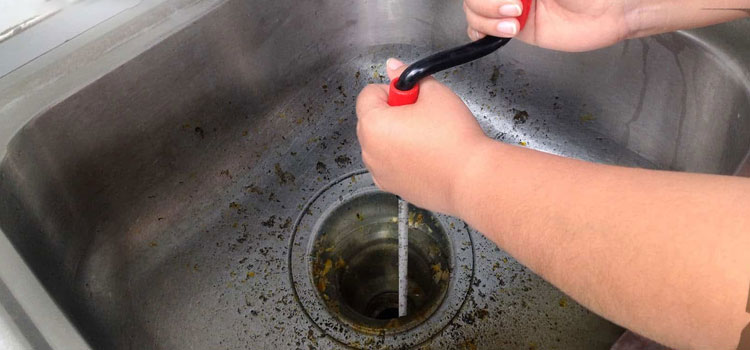













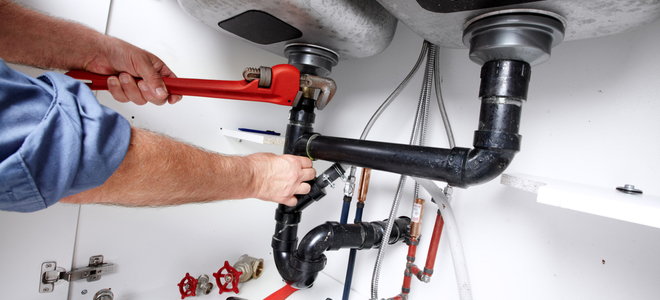


:no_upscale()/cdn.vox-cdn.com/uploads/chorus_asset/file/19495086/drain_0.jpg)
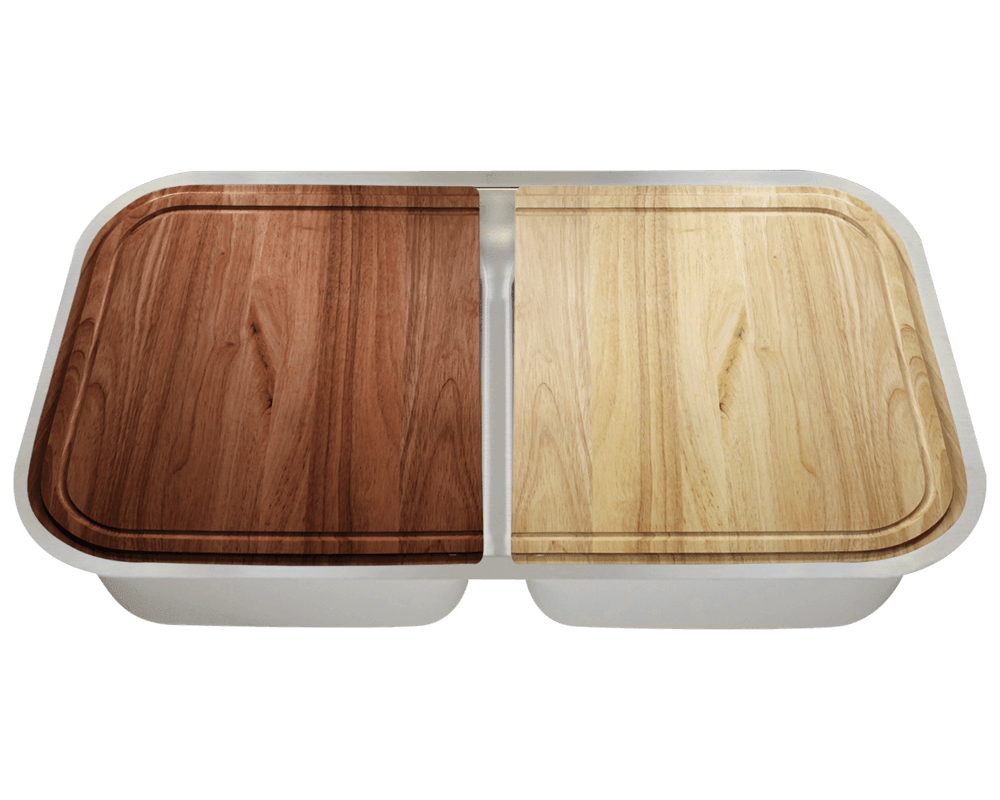




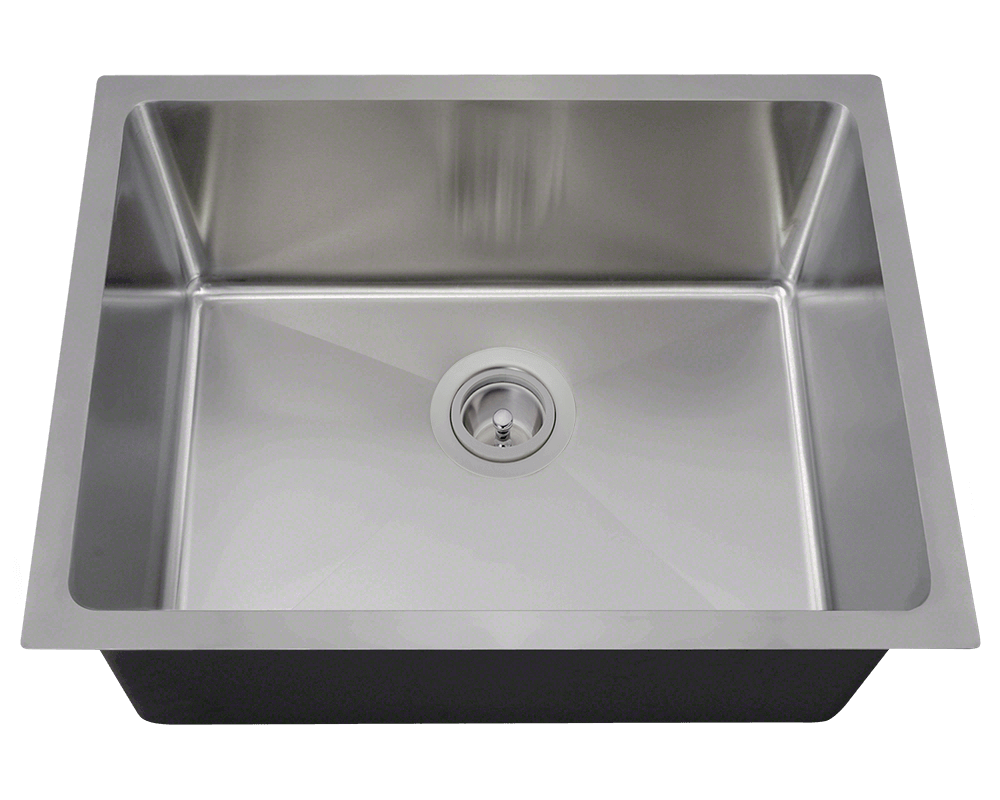
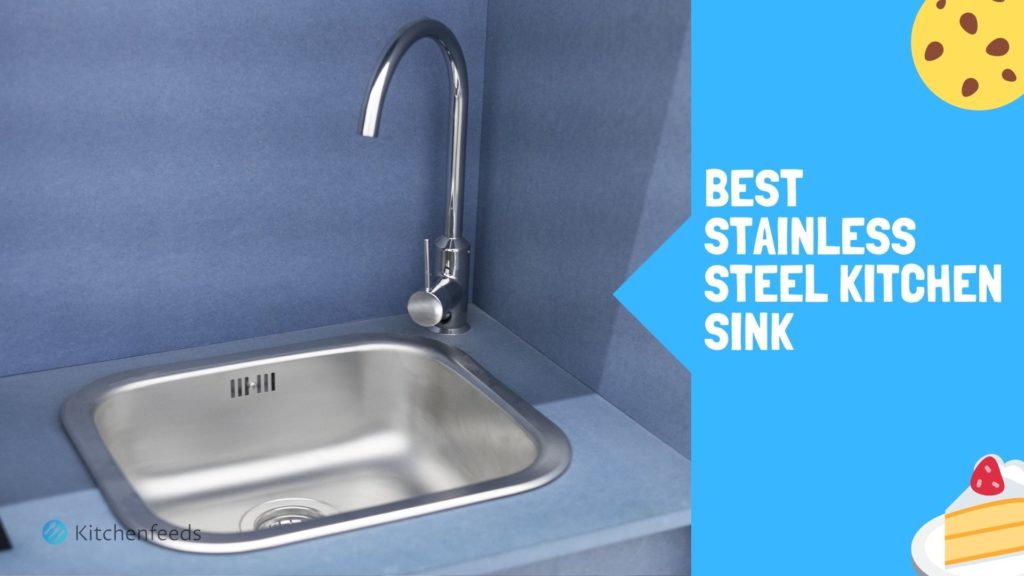






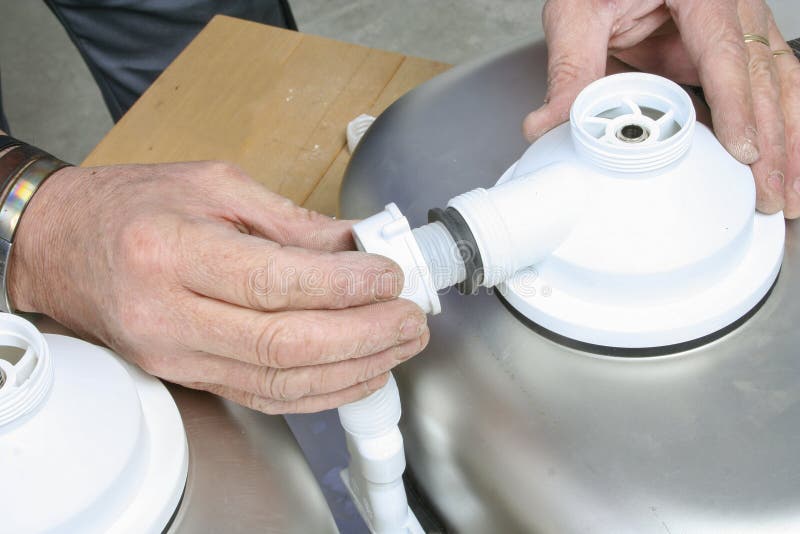






















:max_bytes(150000):strip_icc()/living-room-decor-ideas-5442837-hero-8b6e540e13f9457a84fe9f9e26ea2e5c.jpg)

